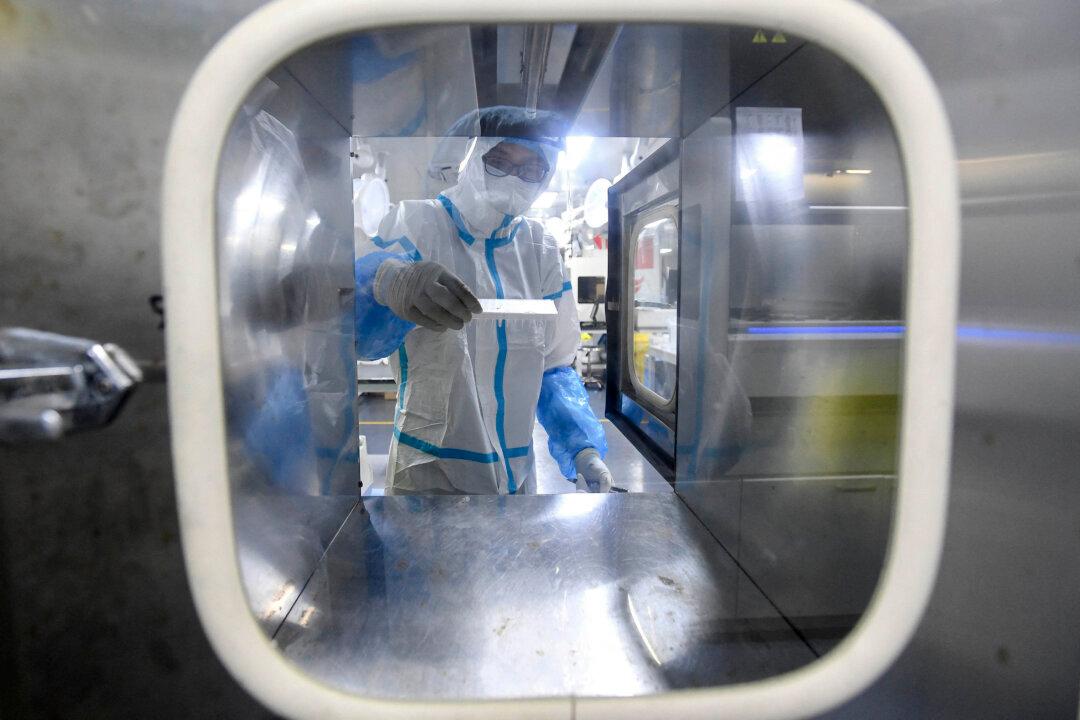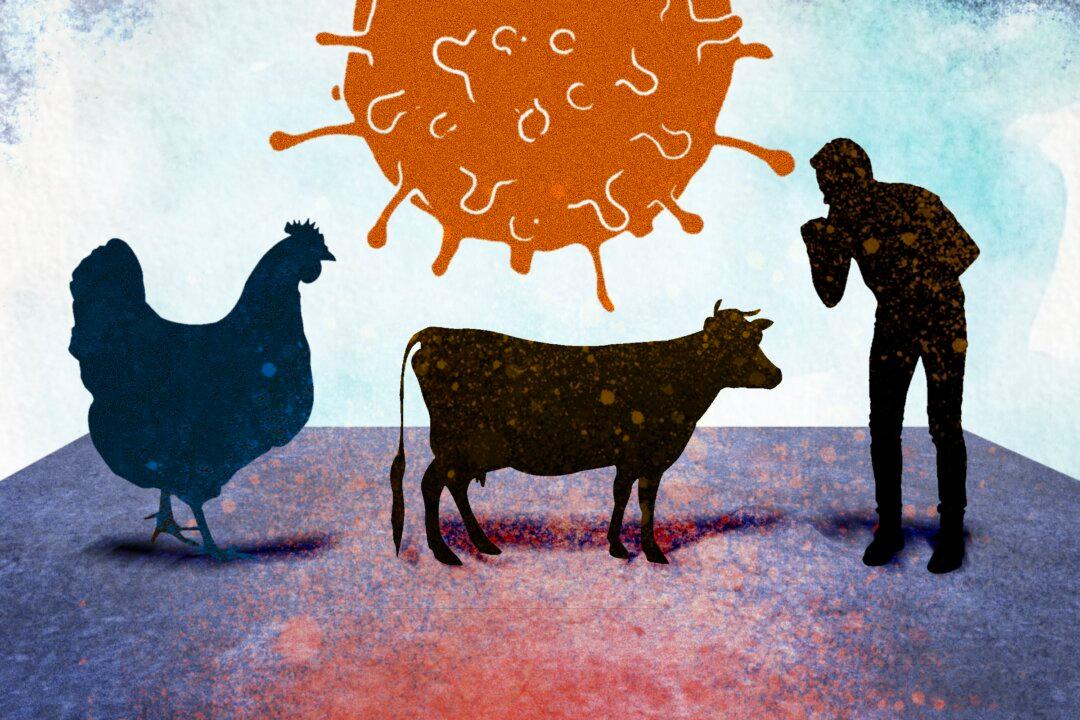Although there are some promising developments in China’s HIV response in recent years, China is still a country of concern regarding the resurgence of the AIDS epidemic. According to the PEPFAR Asia Regional Operational Plan 2017, there were 653,865 persons diagnosed with HIV in China in 2016. And in the first quarter of 2018, there were 789,617 persons diagnosed with HIV infection, according to Chinese CDC official data. Compared to 385,817 people diagnosed with HIV in 2012, the number of people diagnosed with HIV infection is more than doubled in China in just a few years.
Typically, female sex workers (FSWs) and their clients, men who have sex with men (MSM), drug users, migrant workers and youth, are recognized as high-risk groups for Sexually Transmitted Infections (STIs). There were an estimated 2.8 to 4.5 million FSWs and 21.9 to 37.4 million clients of FSWs, 2 to 10 million MSM, and 130 million migrant workers in China, according to a study in 2011 by medical journal BMC Medicine. The large volume of these high-risk populations has enabled the rapid spreading of HIV/AIDS and other STIs from high-risk populations to the general population.





